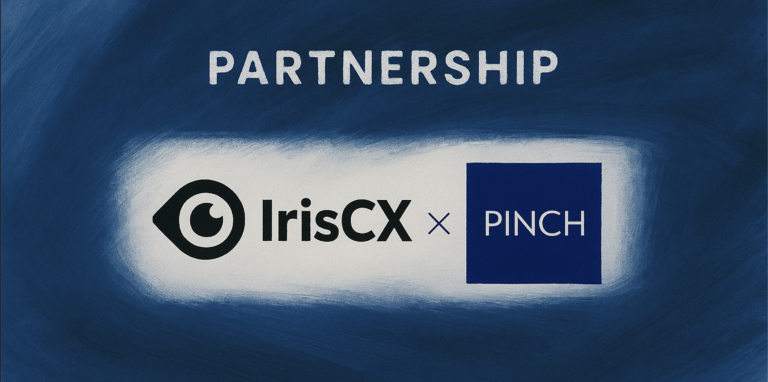The Growing Complexity of Property Management
The property management industry is undergoing a dramatic shift. Rising costs, labor shortages, and increasing resident expectations have made traditional operational models feel outdated. At the recent Blueprint conference in Las Vegas, industry leaders came together to discuss how centralization—an approach that consolidates and streamlines operations—is reshaping the multifamily housing sector.
Centralization promises more than just cost savings; it redefines how property managers engage with both their teams and residents. By leveraging technology and specialized workflows, centralization has the potential to transform property management into a more efficient, resident-focused operation.
Challenges in Adapting to Centralization
Despite its potential, centralization is not without hurdles. Many property management companies face significant resistance to change, particularly from on-site staff who worry that automation may render their roles obsolete. This cultural inertia can stall progress, making it difficult to implement centralized models effectively.
Adding to the challenge are rising labor costs and high turnover rates, especially in maintenance roles. Post-COVID economic pressures have further strained budgets, making it harder to allocate resources efficiently. At the same time, residents demand faster, more personalized service—a standard that traditional property management workflows struggle to meet.
Technology as a Catalyst
The conference highlighted technology as the key to overcoming these challenges. Modern tools are enabling property managers to centralize operations in ways that were once unimaginable. Automation now handles many routine tasks, such as leasing inquiries, maintenance requests, and rent payments, allowing staff to focus on high-value, resident-centric interactions.
Self-service options, such as digital portals and self-guided property tours, have become the norm for today’s residents. These tools not only meet the demand for convenience but also reduce operational burdens on staff. By integrating these technologies into a centralized framework, property managers can achieve significant efficiency gains without sacrificing service quality.
Why Now and How to Succeed
Why Now?
- Labor Shortages: High turnover rates and increasing wages, particularly in maintenance roles, make centralized workflows essential to optimize limited resources.
- Rising Costs: Inflation and rising operational expenses require property managers to streamline processes to maintain profitability.
- Resident Expectations: Today’s renters demand seamless, self-service options and faster response times.
- Competitive Pressure: Companies that adopt centralized models now will be better positioned for long-term success.
Steps to Succeed
- Communicate the Vision: Transparency and communication are essential to overcoming resistance from staff. Emphasizing opportunities for growth and professional development will help ease concerns and foster collaboration.
- Prioritize Technology Integration: Investing in robust platforms that unify leasing, maintenance, and customer service functions allows property managers to track performance, allocate resources effectively, and address issues proactively.
- Balance Technology with Personal Interaction: While automation drives efficiency, personal interaction remains critical during key moments, such as move-ins, maintenance emergencies, and conflict resolution.
- Focus on Data-Driven Decision-Making: By analyzing trends, property managers can optimize workflows, predict maintenance needs, and enhance resident satisfaction.
- Adapt to Resident Expectations: Offering self-service tools simplifies the rental experience while maintaining personal engagement where it matters most.
Final Thoughts
Centralization is a strategy that transforms how property management operates. With the economic and competitive pressures of today’s market, it’s a good time to make a business case. Companies that embrace centralization will outperform their peers.
The future of property management lies in finding the right balance—leveraging technology to drive efficiency while retaining the human connections that build trust and community. For companies willing to adapt, centralization offers a path to sustainable growth and long-term success.




